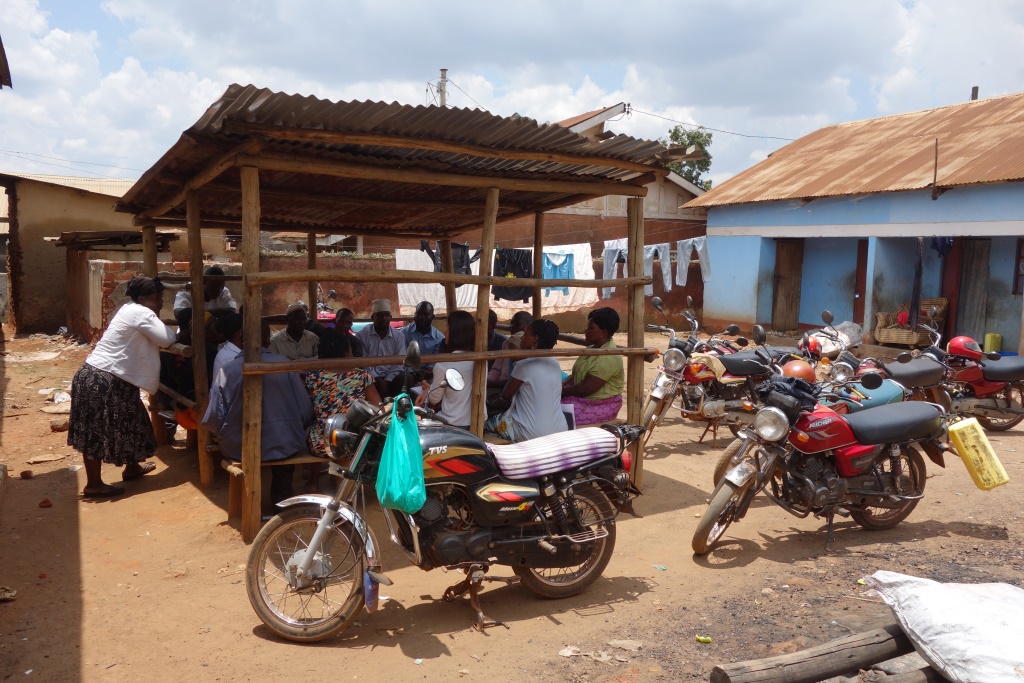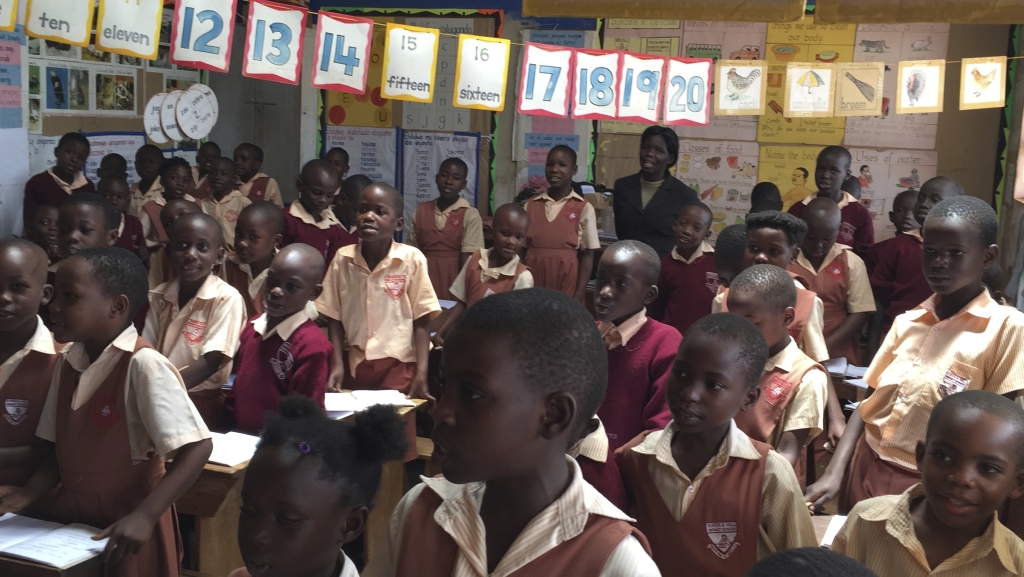Starting A School With $200
Just 20 minutes from the head office of Opportunity Bank Uganda in central Kampala, I am in a ute, bumping up and down along dusty, rocky, unsealed narrow roads to reach one of the most well-reputed primary schools in all of Kampala. We pass what can only be described as extremely basic living dwellings, small market stalls and simple retail shops. Many people seem to be on foot, on the back of a boda boda (motorcycle taxi) or crammed into one of the many minivan taxis that fill the narrow and chaotic streets of Kampala.
Opportunity Bank Uganda is one of the Opportunity International Network’s nine microfinance partners in Africa. 80% of its loans are to group clients, and loan sizes start at around $200 per loan. The group members, usually 20 or more, are required to co-guarantee loans of group members, and meet weekly to make repayments on their loans, make deposits into both voluntary and involuntary savings accounts, and as a group, decide on the loans that their group members will be allowed to apply for.

This is precisely how Sarah, Director of KIreka Infants Primary School, began her relationship with Opportunity Bank Uganda over 16 years ago. With her first small loan of just $200, she started her tiny school with 35 children.
After a series of group loans and having achieved a good repayment record, Sarah was able to progress to individual loans and after two years, had 200 students in her school. Today her school accommodates 600 students, with 300 boarding students. It is one of the best performing schools in Uganda. The school buildings are substantial, and further expansion is planned.
Despite the school being one of the best in Uganda, average class sizes are 55-60 (compared with up to 150 at some of Uganda’s government schools). The boarding dormitories house 30-40 children, each with triple bunk beds in many cases, and each child’s belongings fitting into a very small box. Parents make extraordinary sacrifices to pay the $100-200 school fees per term per child.

The school had an amazing energy as we walked through it. We were warmly welcomed by students of all ages, and I felt such a nurturing, happy environment in the school. On visits to classes, the children showed a hunger to learn, demonstrated a fantastic level of curiosity about the world beyond their school and the younger children sang to us enthusiastically.
From the general feeling of need I felt throughout much of Kampala, I couldn’t help feeling that these children were amongst some of the most fortunate in Uganda.
Equally, as a parent of school-aged children back in Australia, I felt there was still so much we could do to improve the plight of the clients we help so that more children in need are provided with opportunities similar to those our own children in Australia are fortunate to have.
Kate Saunders works in Opportunity’s Social Performance Management team and recently visited Opportunity Bank Uganda to help implement best practices and the collection, analysis and use of social data to enable Opportunity Bank Uganda to make changes to its operations and improve outcomes for families living in poverty.
Help create leaders to bring about positive change in poor communities – donate here.